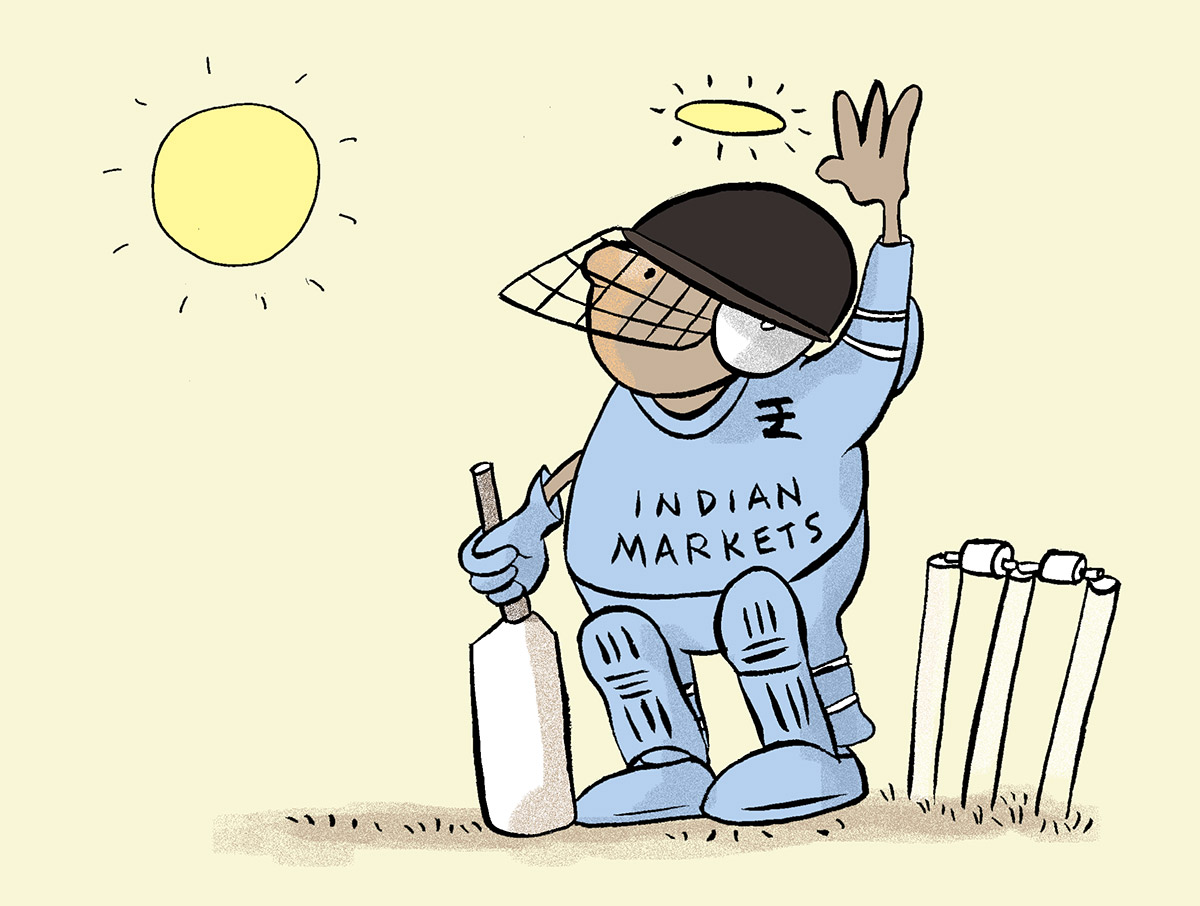Trump’s tariffs, falling shrimp prices, and fears of additional US levies, spark a crisis in Andhra Pradesh’s politically vital aquaculture sector.

Kindly note the images in this report have only been published for representational purposes. Photograph: Kind courtesy medoa7164/Pixabay
Since US President Donald Trump’s announcement of reciprocal tariffs on April 2, Duggineni Gopinath, a veteran shrimp farmer from Prakasam district in Andhra Pradesh, has been losing sleep.
Shrimp prices across all categories have since dropped by 10 to 15 per cent, triggering widespread panic among farmers and exporters.
Industry experts peg the potential annual loss to the Indian shrimp sector at nearly $1 billion.
Even more unsettling is the prospect of additional levies in the US — a countervailing duty (CVD) and anti-dumping duty that could raise the cost burden for Indian exporters by about 7 per cent, in addition to the new 26 per cent set by the US.
While only shrimp under the 50 count threshold are typically exported to the US, prices for other varieties — 100, 90, 80, 70, and 60 count — primarily shipped to China, the European Union, Southeast Asia, Japan, and other Asian markets, have also seen a steep fall.
Farmers and the state’s Opposition parties are crying foul, alleging ‘cartelisation’. All this comes at a time when the harvest season, which runs from April to July, is just beginning.
Shrimp size is measured by count per kilogram — fewer shrimp per kilo means larger individual size.
A 20 count, for instance, represents 20 shrimp per kilogram. “Prices dipped by an average of ₹40 to ₹50 per kg across categories. Above-50 count shrimp aren’t even exported to the US, yet prices have crashed across the board. That’s illogical,” said Gopinath, who is also president of the Prakasam Shrimp Farmers Association.
“I’m facing one of the biggest crises since I began farming in the 1990s.”

Photograph: Kind courtesy Alex P/Pexels
In Andhra Pradesh, the shrimp industry has political significance, too. The industry was championed by Chief Minister Nara Chandrababu Naidu in the late 1990s, who saw global potential in the state’s long coastline and farming talent.
Today, more than 140,000 farmers and nearly 2 million people in the state are directly or indirectly tied to the aquaculture sector, which spans 212,000 hectares and includes both fish and shrimp cultivation.
The panic is understandable. Shrimps account for 41 per cent of the volume and 66 per cent of the value of India’s total marine exports.
According to the Marine Products Export Development Authority (MPEDA), India exported 716,004 tonnes of frozen shrimp worth $4.88 billion in 2023-2024.
Of this, 297,571 tonnes went to the US. One species dominates the Indian shrimp story: Vannamei, which accounts for 87 per cent — or 625,475 tonnes — of total shrimp exports, with a value of $4.25 billion.
The US market alone absorbs 54 per cent of that, followed by China at 16 per cent and the European Union at 9 per cent, MPEDA data shows.
“Even though Andhra Pradesh’s share is only about 30 per cent of the Vannamei shrimp export value, exporters here are using the situation to slash prices across all markets,” Gopinath said. “We are the sufferers.”
Between the 5.77 per cent countervailing duty and the 1.38 per cent anti-dumping duty, “we’re becoming less competitive compared to countries like Ecuador,” said Sridhar Lanka, former advisor to the Andhra Pradesh government.
The effects are cascading. Hatcheries — where shrimp are bred and raised through their early life stages — are seeing demand fall sharply.
“All exporters have stopped buying shrimp; prices have tanked by about ₹50 per kg across categories,” said P Prasad of Ravi Hatcheries.
“We’re also seeing a slowdown at the hatchery level. The central government should take immediate steps for relief to the industry.”
The political tide is rising as well. The Opposition YSR Congress Party has latched onto the issue, seeing an opening in the geopolitical trade war.
“Companies formed syndicates and began exploiting farmers, while the government stood by,” said Mudunuri Prasada Raju, senior YSR Congress leader and former Narsapuram MLA.
“If this continues, the aquaculture sector, which contributes over 9 per cent to allied agricultural income, could fall into a crisis.’
The political significance of the shrimp industry earlier reflected in the stock markets, too.
Shares of Andhra Pradesh-based firms — such as Avanti Feeds and Apex Frozen — surged after the assembly election results last June, reflecting investor confidence in Naidu’s return.
One share of Avanti Feeds, the sector’s heavyweight, traded at ₹494.95 on June 4 last year; the stock had hit a 52-week high of ₹965 on March 24.
Sources close to the industry say many shrimp farmers backed Naidu’s Telugu Desam Party — a National Democratic Alliance constituent — in the polls, betting on a return of support for the sector.
Gopinath echoed that hope: “We’re counting on the Centre to step in and help us.”
POPULAR CRUSTACEAN
66%: Share of frozen shrimp in India’s total marine export value
716,004 tonnes: Frozen shrimp exported in 2023-2024; total value was $4.88 billion
297,571 tonnes: US market exports
625,475 tonnes: Vannamei exports — 87% of total shrimp exports
Source: MPEDA
Feature Presentation: Rajesh Alva/Rediff




